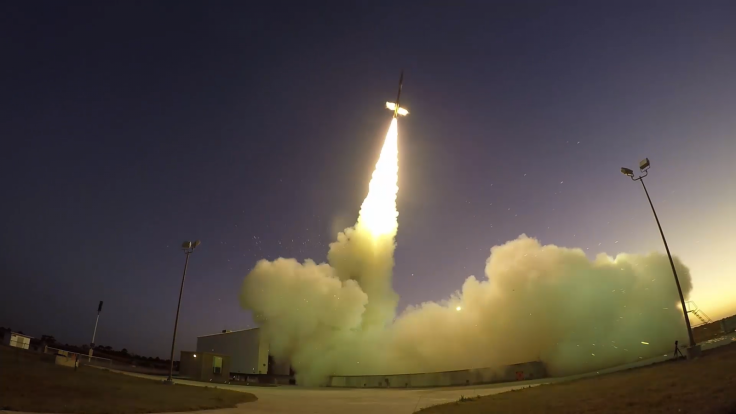Nasa tests advanced supersonic parachute to enable smooth Mars 2020 mission landing
The spacecraft will be entering the atmosphere of the red planet at speeds going beyond 12,000mph.

Nasa plans to launch the next rover to Mars in 2020, a mission that is expected to provide new insights into the red planet and the chances of survival on it. But before any of that happens, efforts are on to ensure that the rover lands as smoothly as possible on the planet.
As part of this, the agency conducted what is called Advanced Supersonic Parachute Inflation Research Experiment (Aspire) on October 4 – the first test of the special parachute it is developing to land the rover safely on the Martian surface.
Landing on Mars, says Nasa, isn't particularly easy. The spacecraft will be entering the atmosphere of the planet at speeds going beyond 12,000mph and there are chances of something or the other going wrong.
To slow down the spacecraft, the agency is conducting a series of tests of the supersonic parachute.
A video of the October 4 test shows a bullet-nosed, cylindrical structure holding the parachute, its deployment mechanism, and camera instruments launched on a 58-foot-tall Black Brant IX sounding rocket.
The two-minute video shows the blast-off of the rocket, its separation from the payload, and the deployment of the parachute. The parachute was deployed at an altitude of 42km, when the test conditions were just about right, and the velocity was 1.8 times the speed of sound. It returned to Earth with a splashdown in the Atlantic, approximately 35 minutes after launch.
The researchers captured the unfurling of the parachute in slow-motion and will analyse the data to look for possible weak points. "Every frame will be examined closely to look for signs of damage in any of the stitching used to hold the canopy together," said Ian Clark, the test's technical lead from Nasa's Jet Propulsion Laboratory, in the video.
"It is quite a ride," Clark added. "The imagery of our first parachute inflation is almost as breathtaking to behold as it is scientifically significant. For the first time, we get to see what it would look like to be in a spacecraft hurtling towards the red planet, unfurling its parachute."
The next Aspire test with a strengthened parachute is slated to take place in February 2018.





















